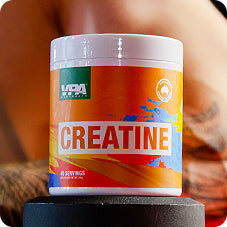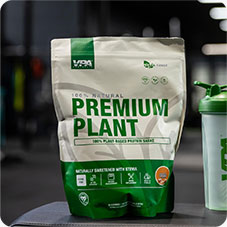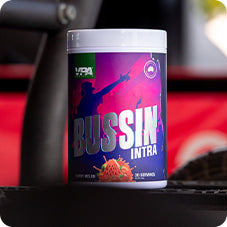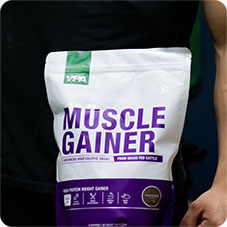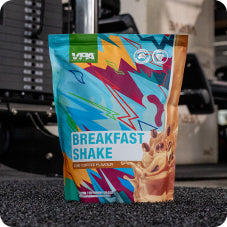Your Cart is Empty
Active Recovery for Rest Days
January 03, 2024 5 min read

Recovery days are just as important as training days, but that doesn't mean you have to sit on the couch all day. There are many ways to stay active on your off-days without compromising your recovery or performance. This often begs the question, “How much activity is too much?”
In this article, we discuss the benefits of active recovery, how it works, low-impact recovery exercises and precautions.
We all know that recovery is a vital component of any training program, whether it is for strength, endurance, or performance. Recovery allows the body to adapt to the stress of exercise, repair damaged tissues, and replenish energy stores. Without adequate recovery, the risk of injury, overtraining, and burnout increases. One way to enhance recovery is to incorporate active recovery or low-impact workouts on rest days.
What is active recovery?
Active recovery involves performing light exercises that stimulate blood flow and oxygen delivery to the muscles, without causing further fatigue or soreness. Low-impact workouts are exercises that minimise the stress on the joints and connective tissues, such as swimming, cycling, or yoga. These types of workouts can help reduce inflammation, improve mobility, and maintain fitness levels, while allowing the body to rest and recover from more intense sessions without losing your hard-earned progress.
Benefits of active recovery
Here are some of the benefits of active recovery:
- It reduces the buildup of lactic acid in the muscles, which can cause soreness and fatigue.
- It increases blood flow to the muscle tissue, which helps remove metabolic waste and deliver oxygen and nutrients.
- It keeps the muscles flexible and prevents stiffness and tightness.
- It helps maintain or improve the range of motion of the joints.
- It is also an excellent way to switch up your workout routine and give your body a break from high-impact exercises.
Comparatively, low-impact workouts for active recovery are superior to other forms of exercise when it comes to recovery. Being gentle on the body, they reduce the risk of exacerbating injuries or causing new ones. This makes them a favored choice for physiotherapists and fitness trainers when dealing with clients in recovery.
Active Recovery or Low-Impact Exercises
Remember to listen to your body. If you feel sore, tired, or achy, it's a sign that you need more rest. Don't push yourself too hard or ignore the signals that your body is sending you. You'll only risk injury or burnout if you do. You can still move your body on your off-days, but keep it light and easy. Here are some examples of active recovery exercises you can opt to do:
1. Walking:A leisurely walk is one of the simplest and most effective active recovery exercises. It helps increase blood flow, aids in muscle recovery, and can be done almost anywhere.
2. Cycling: Riding a stationary bike or going for an easy bike ride at a comfortable pace is an excellent way to engage in active recovery. It's low-impact and promotes circulation.
3. Swimming: Swimming or water aerobics in a pool can provide a gentle, full-body workout while also helping to relax and soothe muscles.
4. Yoga: Yoga involves stretching and gentle movements that promote flexibility, balance, and relaxation. It's particularly beneficial for improving joint mobility and reducing stress.
5. Pilates: Pilates incorporates controlled movements that strengthen the core and improve overall body stability and flexibility. It's a gentle yet effective active recovery option.
6. Light Resistance Band Exercises: Using resistance bands for gentle resistance exercises can help maintain muscle tone without putting excessive strain on the muscles.
7. Mobility Drills: Incorporate mobility exercises that target specific joints and areas of your body, such as hip circles, shoulder rotations, and ankle mobility exercises.
8. Breathing Exercises and Meditation: Deep breathing exercises and meditation can promote relaxation, reduce stress, and aid in mental recovery.
Quick Tip: Mix it up. Don't do the same thing every off day. Try different activities that challenge different muscles and skills. For example, if you usually lift weights, you can do some cardio or mobility work on your off-days. This can help prevent boredom and overuse injuries.
When choosing active recovery exercises, it's essential to listen to your body and select activities that align with your fitness level and recovery needs. The key is to maintain low intensity, avoid strenuous movements, and focus on promoting relaxation and circulation to aid in the recovery process.
Lastly, don’t forget to enjoy yourself. Your off-days are a great opportunity to have fun and do something you love. Whether it's playing with your kids, hiking with your friends, or dancing to your favorite music, find something that makes you happy and relaxed. You'll feel more refreshed and motivated when you go back to the gym.
How often should you engage in low-impact workouts for better recovery?
The frequency of engaging in low-impact workouts depends on your personal recovery needs and fitness level. However, professionals generally advise including them in your workout regime at least two to three times a week. Remember, consistency is key for effective recovery.
Countless personal testimonies of individuals who have benefited from low-impact workouts for recovery attest to their efficacy. Athletes have reported improved mobility, reduced pain, and quicker recovery times, all thanks to these gentle yet effective workouts.
Precautions
There are some precautions that people should take when considering active recovery or low- impact exercises.
- One should avoid active recovery if they have a sports injury or severe pain, as this may worsen their condition. They should consult a doctor or a physical therapist before resuming any physical activity.
- Adjust the duration and intensity of the active recovery exercises according to your fitness level and goals. You should not overexert yourself or do more than 50% of your maximum effort.
- Warm up properly before and cool down gradually after performing active recovery exercises to prevent injuries and cramps. Active recovery or low-impact exercises can be beneficial for the body and mind, but they should be done with care and moderation.
Bottomline:
In conclusion, active recovery offers a safe, effective, and enjoyable way to facilitate recovery and maintain an active lifestyle. Whether you're recovering from an injury or simply looking to diversify your workout routine, consider doing active recovery low-impact workouts on your rest days.
Remember, the journey to recovery and health is a marathon, not a sprint. Take it slow, listen to your body, and consult with professionals when necessary. With patience, consistency, and the right approach, you will make progress and reap the rewards.
Also in Training
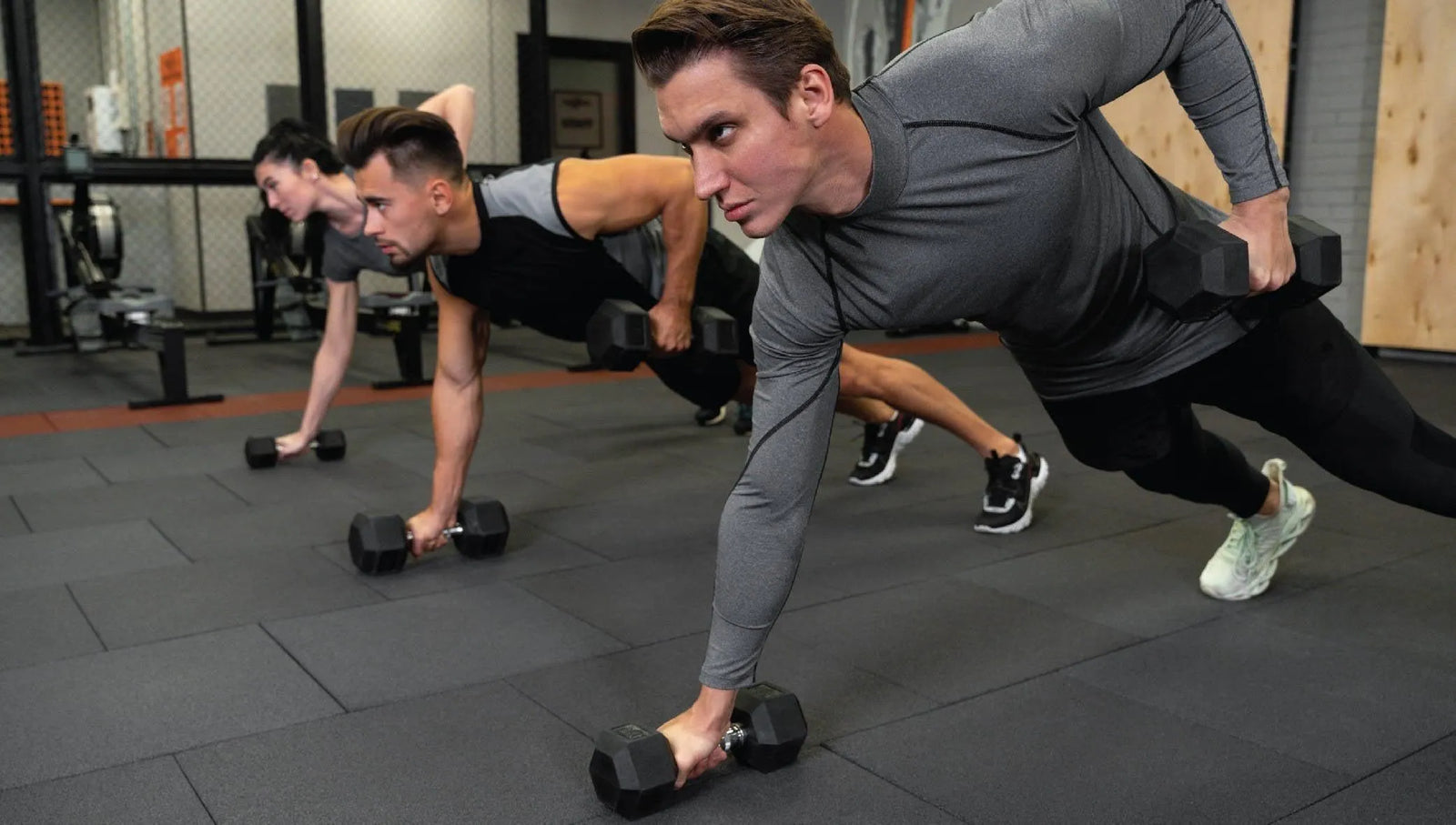
Boosting Your Health: Understanding Aerobic and Anaerobic Metabolism
July 22, 2024 4 min read
Learn about the key differences between aerobic and anaerobic metabolism, and how to optimize your workouts for better health and fitness. Discover the benefits and performance-boosting potential of combining these two metabolic powerhouses.
Read More
Smash Through the Wall: How to Increase Your Lactate Threshold for Running Glory
July 08, 2024 4 min read
Learn science-backed strategies to boost your lactate threshold, enhance running performance, and achieve your fitness goals. Discover expert tips and techniques here.
Read More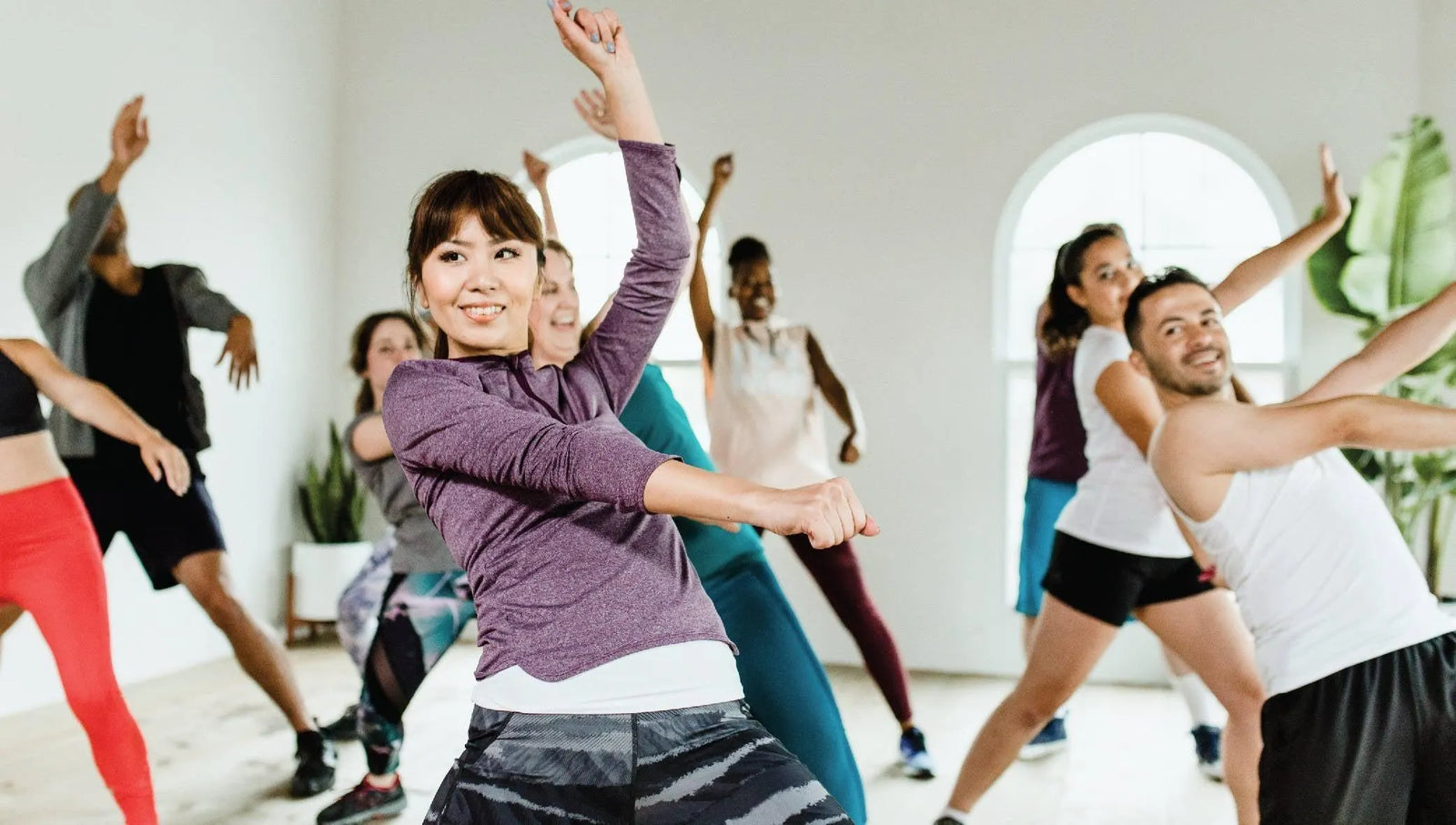
The Ultimate Guide to Cross-Training
July 01, 2024 5 min read
Learn about cross-training, crafting a plan, tailoring for different fitness goals, and activities beyond the gym. Discover the ultimate fitness guide at VPA.
Read More Recent Articles
- Boosting Your Health: Understanding Aerobic and Anaerobic Metabolism
- Smash Through the Wall: How to Increase Your Lactate Threshold for Running Glory
- The Ultimate Guide to Cross-Training
- Embrace the Cold: How to Stay Active and Healthy Throughout Winter Down Under
- What is Hyrox?
- Mastering the Pull-Up
- Building a Champion: Why Cardio and Strength Training are Your Fitness Dream Team
- Beyond the Six-Pack: Building a Strong Core for Everyday Life
- Routine and Discipline – The Backbone of Fitness
- Calisthenics for Beginners
${{amount}}




